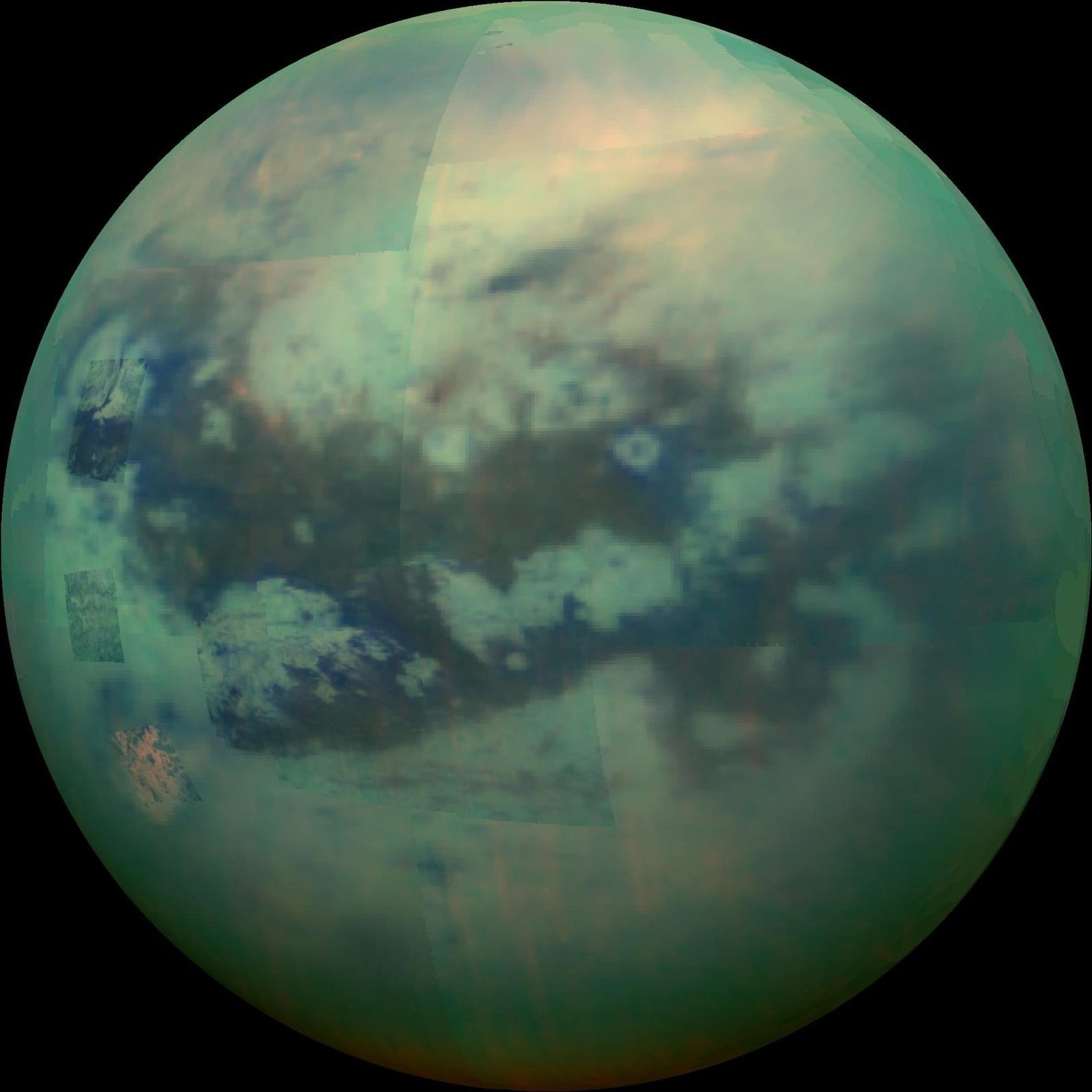Scientists say it’s the earliest galaxy seen doing this (so far).
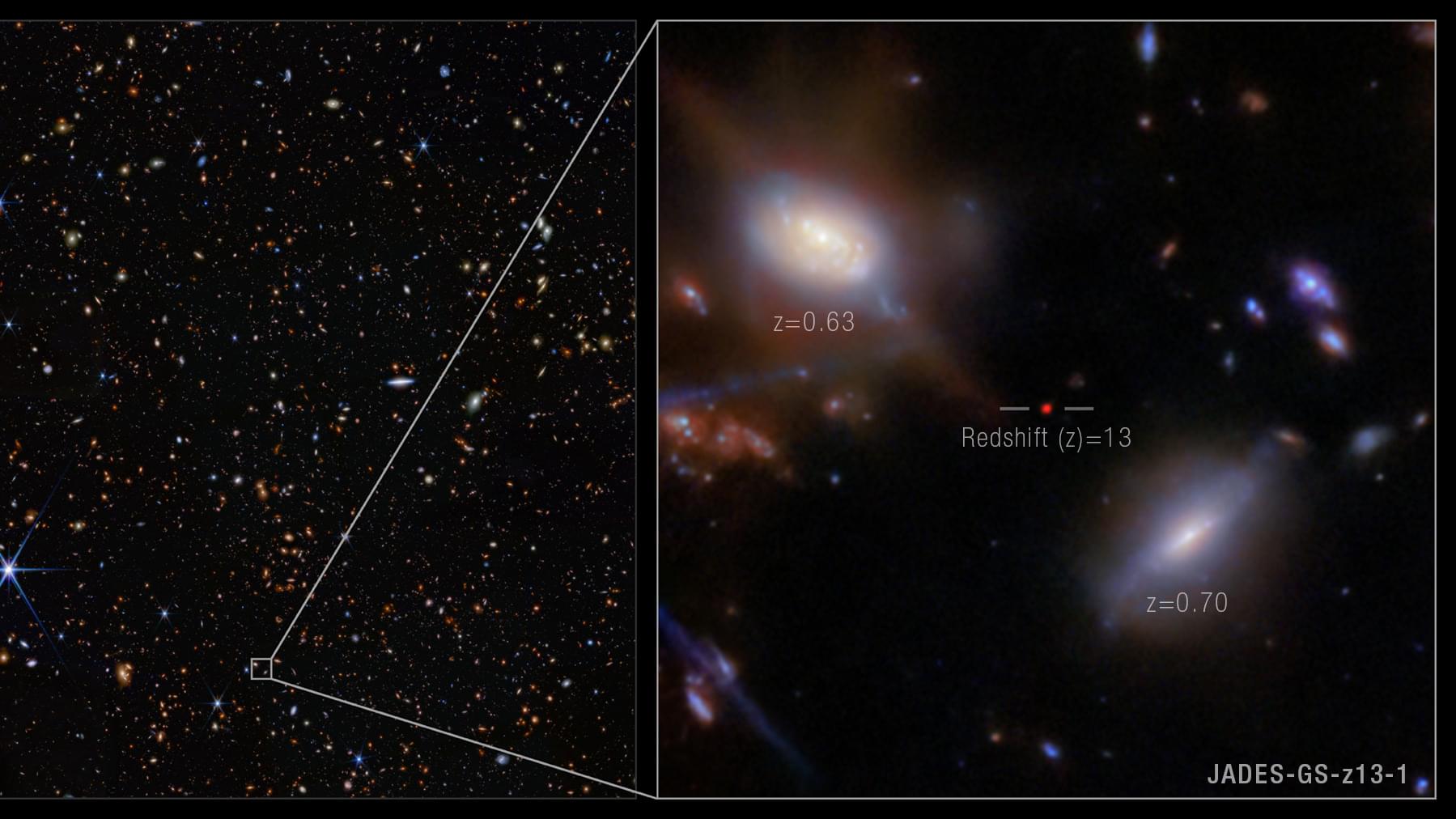

Main episode Julian Barbour: https://youtu.be/bprxrGaf0OsAs a listener of TOE you can get a special 20% off discount to The Economist and all it has to offer…

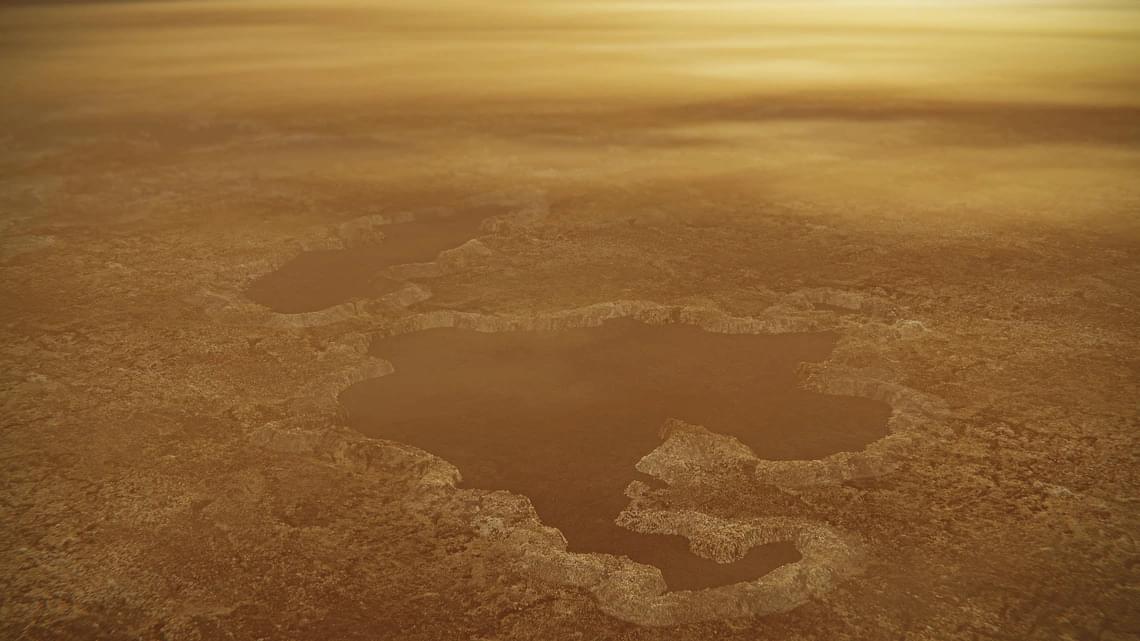
Despite its uniquely rich inventory of organic molecules, Saturn’s largest moon, Titan, may be able to support only a minuscule amount of biomass, if life exists on the moon, according to a study using bioenergetic modeling.
Titan, Saturn’s largest moon, is a strange, alien world. Covered in rivers and lakes of liquid methane, icy boulders and dunes of soot-like “sand,” its topography has long fascinated scientists and invited speculation on whether lifeforms might lurk beneath the moon’s thick, hazy atmosphere.
An international team of researchers co-led by Antonin Affholder at the U of A Department of Ecology and Evolutionary Biology and Peter Higgins at Harvard University’s Department of Earth and Planetary sciences set out to develop a realistic scenario of what life on Titan might look like if it does exist, where it is most likely to occur and how much of it might be present.
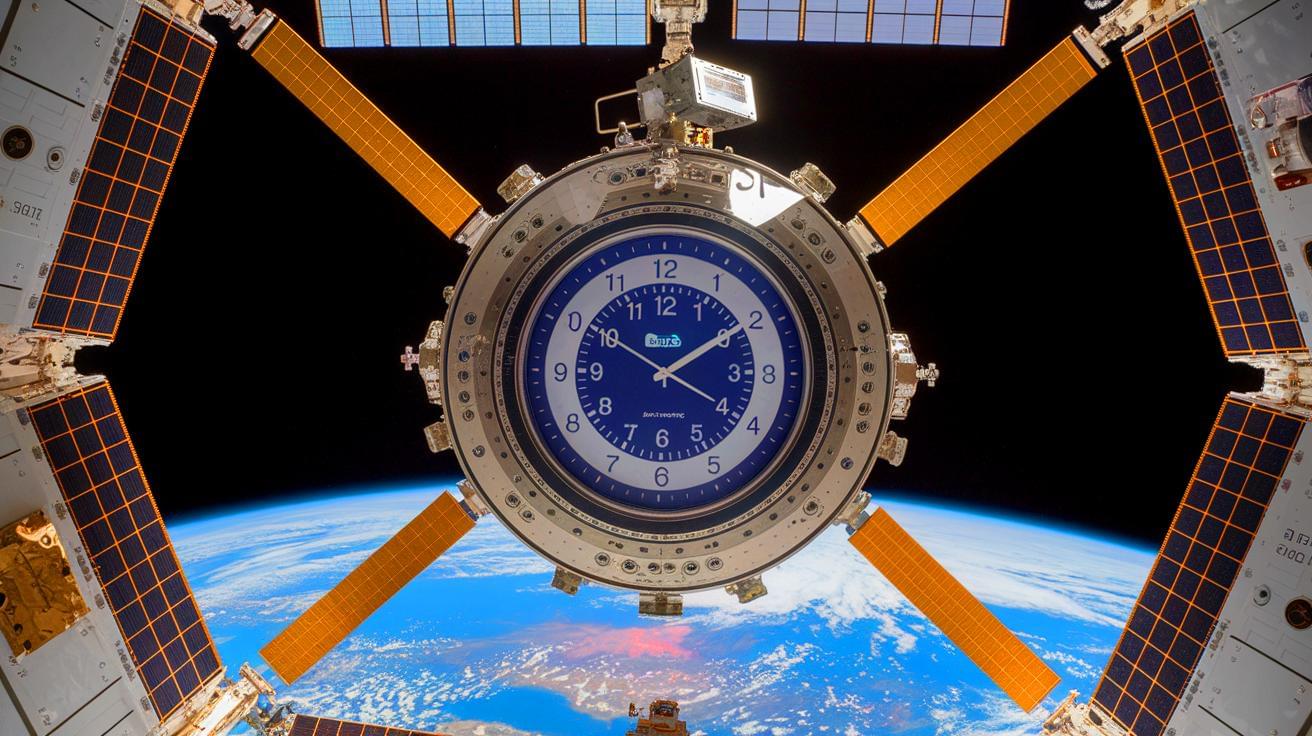
IN A NUTSHELL 🚀 The ACES mission by the European Space Agency aims to redefine time measurement in space with unmatched precision. ⏱️ ACES will test Einstein’s theories of relativity by measuring how time bends, slows, and stretches under cosmic conditions. 🔬 Using advanced atomic clocks like PHARAO and SHM, ACES will explore fundamental constants
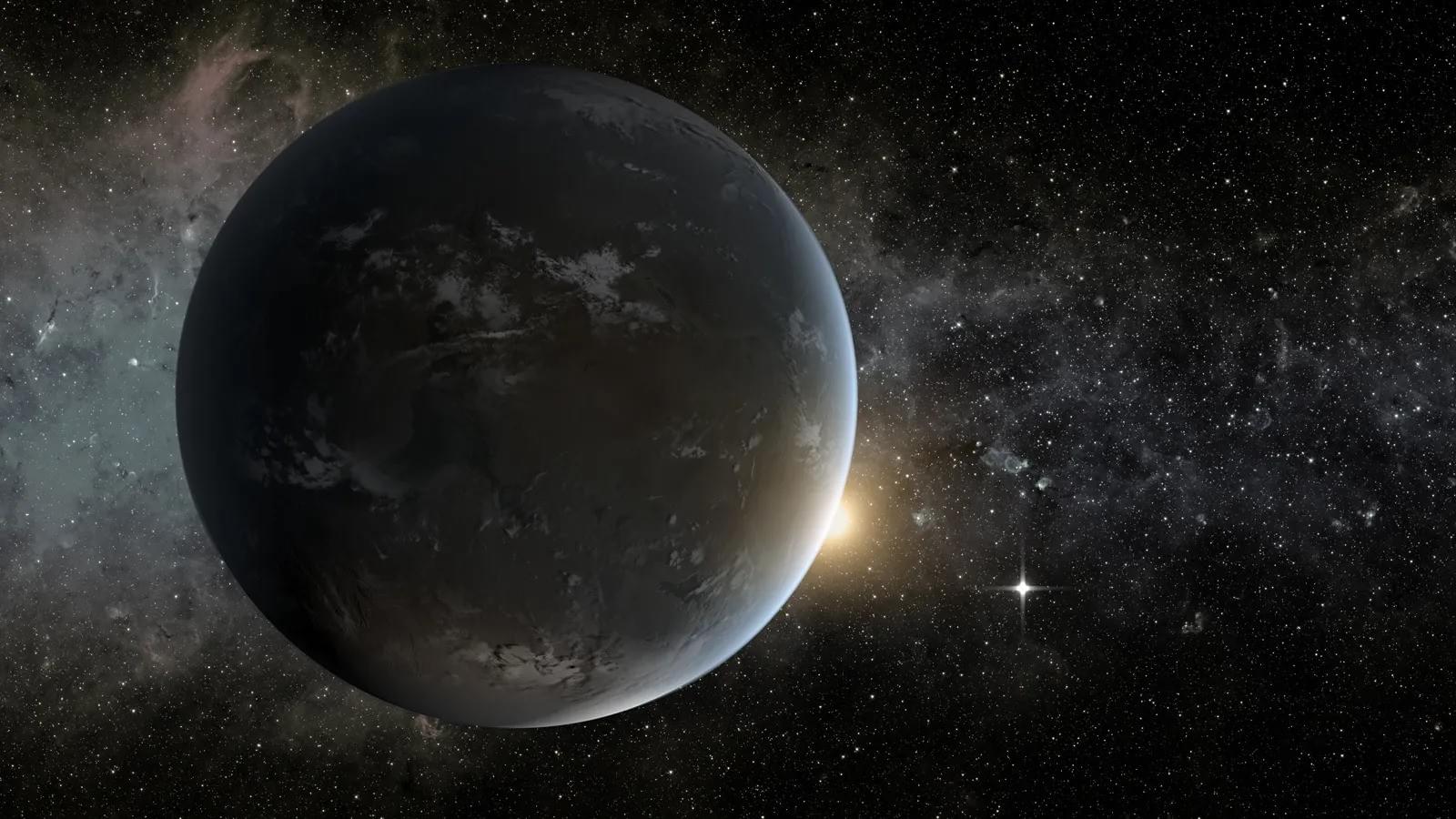
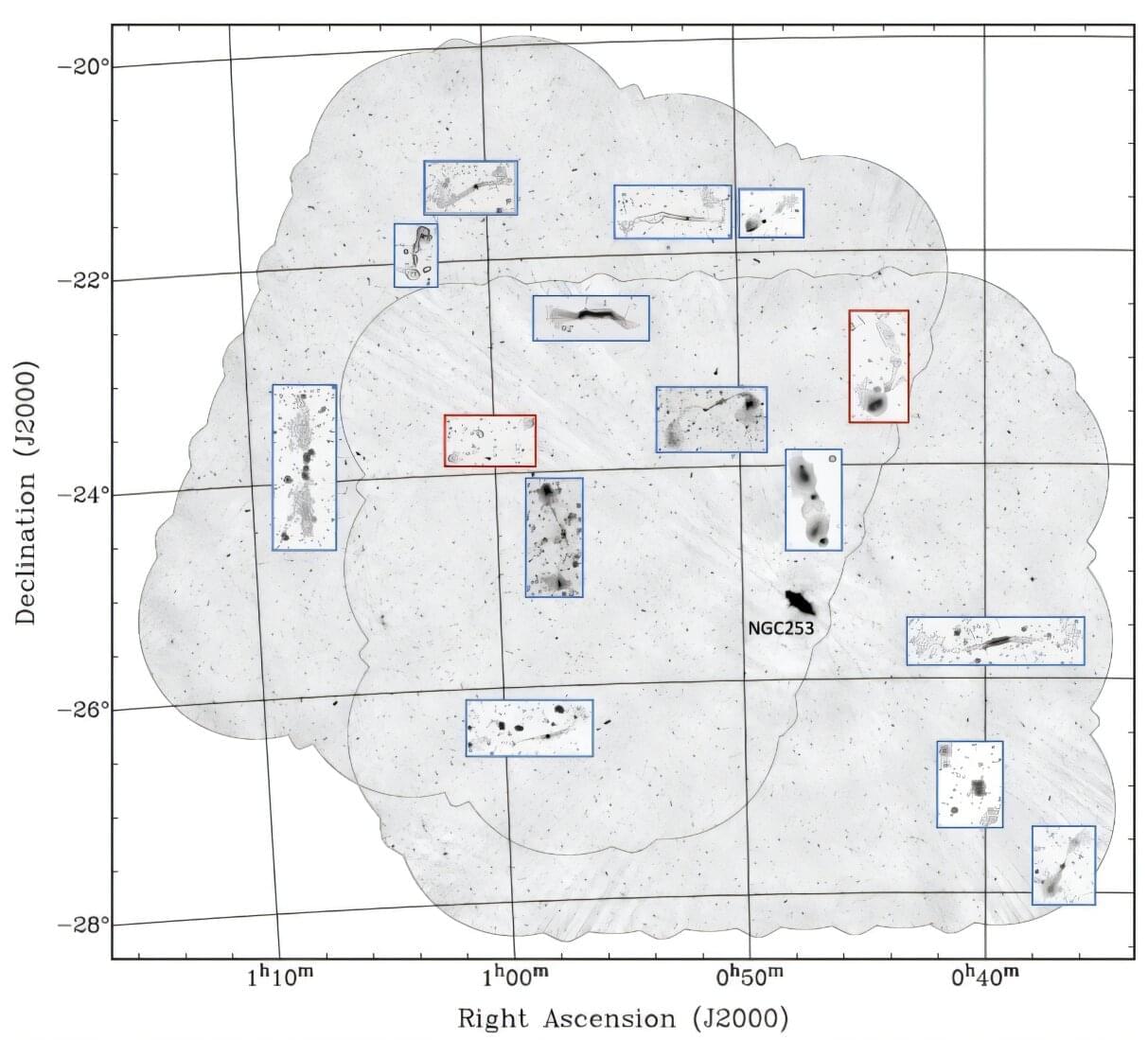
Using the Australian Square Kilometer Array Pathfinder (ASKAP), astronomers have discovered 15 new giant radio galaxies with physical sizes exceeding 3 million light years. The finding was reported in a research paper published April 9 on the arXiv preprint server.
The so-called giant radio galaxies (GRGs) have an overall projected linear length exceeding at least 2.3 million light years. They are rare objects grown usually in low-density environments and display jets and lobes of synchrotron-emitting plasma. GRGs are important for astronomers studying the formation and the evolution of radio sources.
ASKAP is a 36-dish radio-interferometer operating at 700 to 1,800 MHz. It uses novel technology to achieve extremely high survey speed, making it one of the best instruments in the world for mapping the sky at radio wavelengths. Due to its large field of view, high resolution, dynamic range and good sensitivity to low-surface brightness structures, ASKAP has been essential in the search for new GRGs.
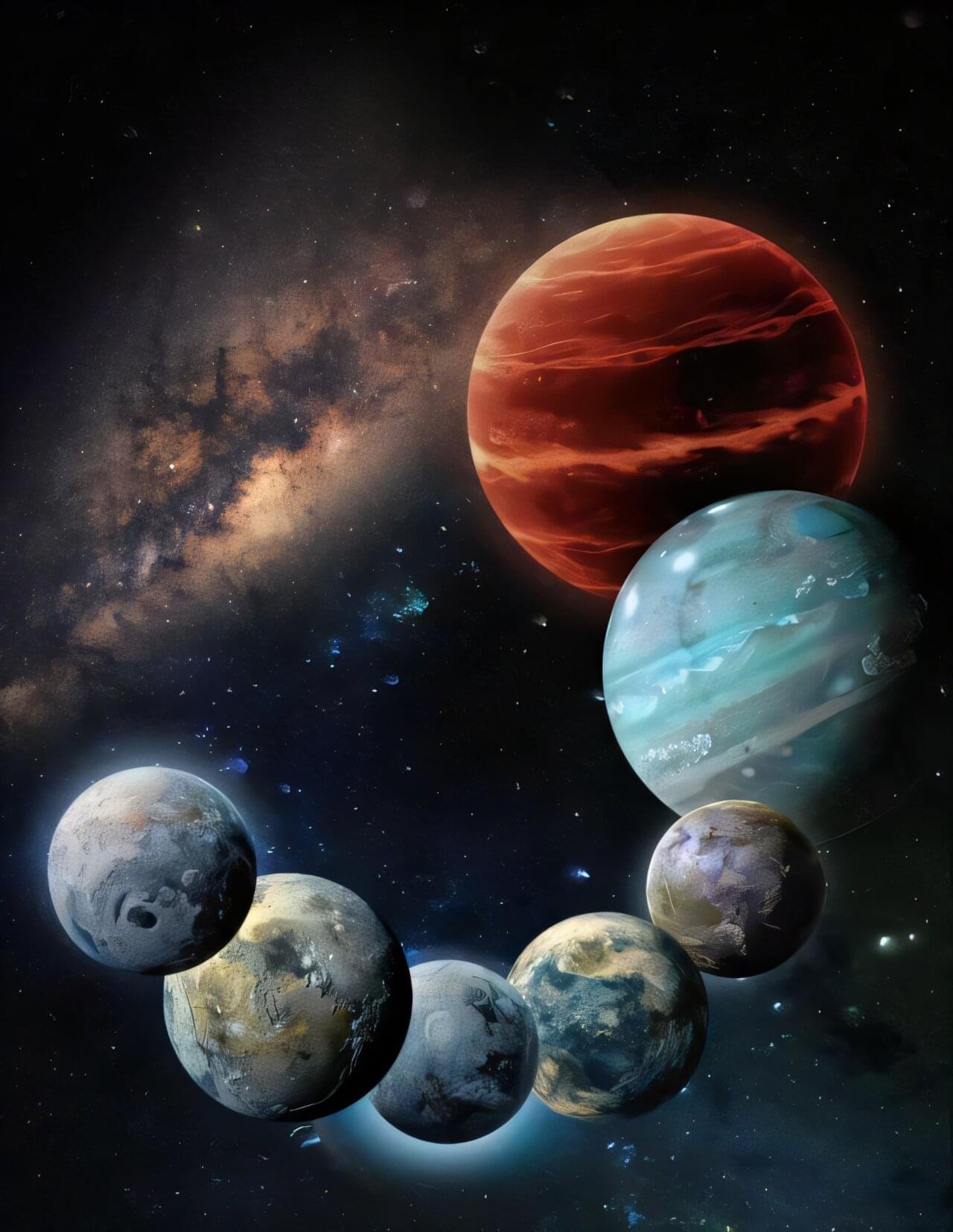
An international team including astronomers from the Center for Astrophysics | Harvard & Smithsonian (CfA) has announced the discovery of a planet about twice the size of Earth orbiting its star farther out than Saturn is to the sun.
These results are another example of how planetary systems can be different from our solar system.
“We found a ‘super-Earth’—meaning it’s bigger than our home planet but smaller than Neptune—in a place where only planets thousands or hundreds of times more massive than Earth were found before,” said Weicheng Zang, a CfA Fellow. He is the lead author of a paper describing these results in the latest issue of the journal Science.
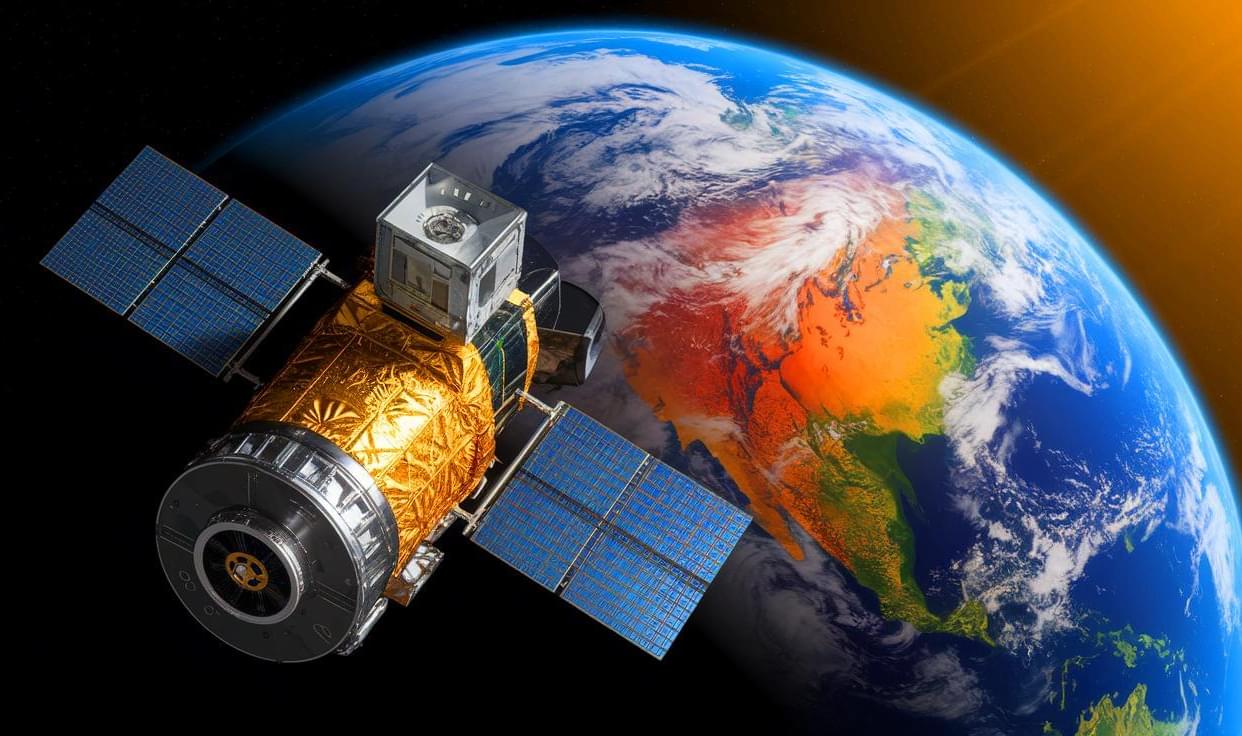
IN A NUTSHELL 🌍 NASA collaborates with private and academic sectors to develop the Quantum Gravity Gradiometer Pathfinder, a revolutionary space-based quantum sensor. ❄️ The gradiometer uses ultra-cold rubidium atoms to measure Earth’s gravitational variations with high precision, free from environmental disturbances. 🔬 Quantum sensors in the QGGPf offer 10 times greater sensitivity and are
